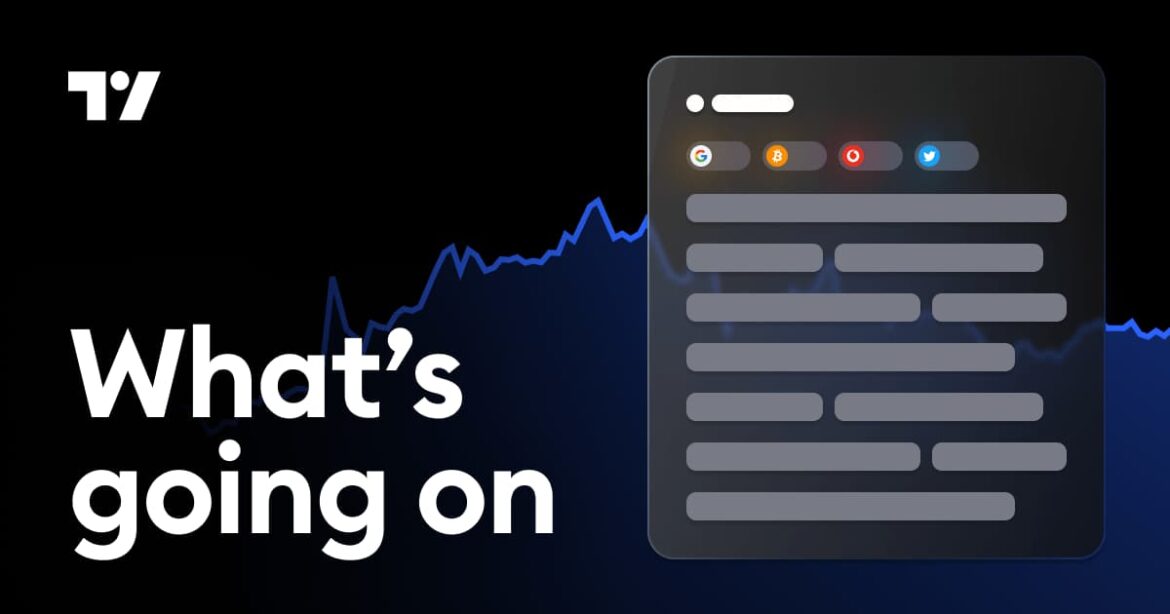Many of Japan’s major life insurers said they plan to reduce their holdings of Japanese government bonds as they shift their focus to simply swapping older, lower-yielding debt in their portfolios with newer, higher-yielding paper.
The yield on 30-year JGBs (JP30YTN=JBTC), the mainstay of life insurers’ portfolios, has spiked as high as 2.845% this month, a level not seen for more than two decades, from around 1.2% two years ago.
Japan’s life insurers had been steadily buying super-long bonds over recent years to comply with new solvency regulations now coming into effect.
With that buying mostly complete, the insurers are looking to replace lower-yielding debt with higher-yielding issues, they said in a round of investment strategy briefing and interviews this month.
As a result of the shift, Nippon Life, the largest of these companies, will see its holdings of JGBs decline for the first time since the fiscal year from April 2016, right after the Bank of Japan introduced a negative interest rate policy.
Meiji Yasuda Life Insurance, Japan Post Insurance 7181 and Asahi Life also plan to reduce their JGB holdings, while Dai-ichi Life
8750 will keep the level steady.
Many life insurers said the current 30-year JGB yield is attractive from a pure investment perspective, and both Nippon Life and Meiji Yasuda said they bought some of the bonds during the market rout in early April.
However, the accompanying spike in volatility necessitates caution.
“Investing will be difficult because if we come in when there is no liquidity and price action is rough, it will move the market,” said Hiroyuki Nomura, general manager of the investment planning department at Japan Post Insurance.


AloJapan.com